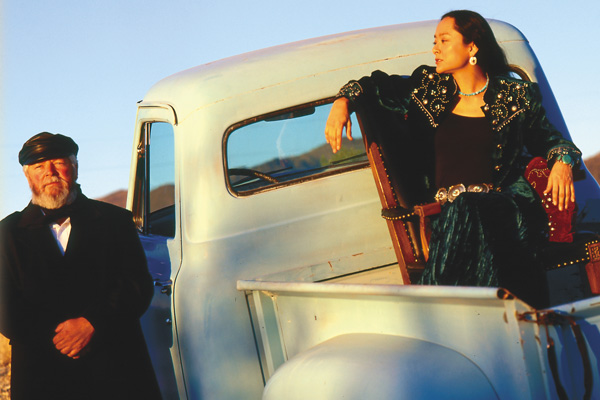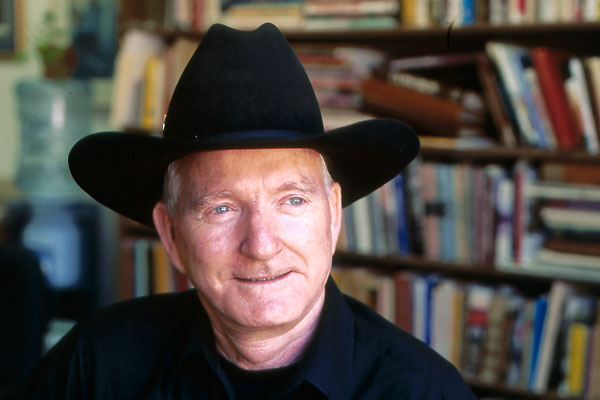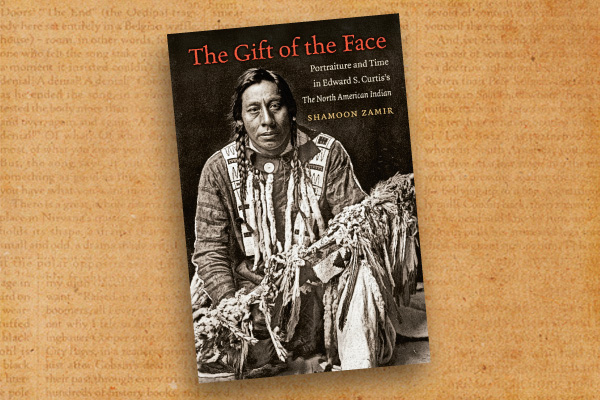 It’s the part of America that most of America doesn’t want to talk about and knows absolutely nothing about—the Indian reservation.
It’s the part of America that most of America doesn’t want to talk about and knows absolutely nothing about—the Indian reservation.
It’s simply remote country; islands nobody wanted to use, much less step foot on.
But, oh brother, where have you been? Reservations are becoming some of the hottest tourist attractions in the U.S., and Native people are inviting visitors to their homelands like never before. Not only do folks here in the States visit, but also foreign tourists who are seeking a taste of American culture that has nothing to do with baseball, hot dogs, apple pie, or Chevrolets.
Today, Indian tribes have built plush resorts and offer first-rate one-stop destination travel packages that are the equal of any vacation experience in the country. However, these are often no more than Hiltons, Hyatts and Holiday Inns with feathers sticking out of their respective leather headbands. If you want the real deal, an authentic experience with Native Americans, you will have to make your way off the beaten path.
It had been 16 years since my first and only visit to the Omaha reservation in the northeastern corner of Nebraska, the place where my maternal grandfather was from—and I wasn’t exactly sure where her house was. As I turned off U.S. Highway 77 and cruised into downtown Macy (pop. 2,402) I realized that I had misplaced my grandmother’s telephone number. So I looked for a pay phone and I spotted one in front of Macy’s only grocery store. Damn. The wire was hanging without the handset. Turns out, that was the only public phone in town. I decided to try the tribal police station to ask for directions.
As I entered, I saw the jailer behind the two-inch thick, bulletproof-glass window. She was an old Indian woman, of probably about 65 or 70 years.
“Can I help you?” she asked anxiously.
“I’m looking for my Grandma Sue,” I answered.
Then, in a very sharp tone, she said, “You were supposed to be here a long time ago!”
The on-duty tribal officer gave me a police escort to Grandma Sue’s house and we had a wonderful reunion.
First two lessons about visiting Indian Country: telecommunications is not very sophisticated, if at all existent, and in spite of it, news travels fast through the reservation grapevine. The next lesson: if you do find you need to ask for directions, it’s important for you to pay close attention to a Native person’s lips. Lips? Yes, lips. Many Native people find it obnoxious and downright rude to point with fingers. Therefore, we have designed a complex set of lip gestures to identify directions. It’s a subtle art. And if you’re not familiar with its intricacies, you could find yourself sidetracked for hours, even days.
Pay attention. At the precise moment that an Indian tells you which way to go, they will gently and slightly swivel their head, bring up their chin and push their lips outward in the intended direction. The further and longer they extend their lips, the further and longer the distance. If you really want to impress Native people with your knowledge of the local customs of the tribe, try pointing with your lips. But of course, use lip pointing in moderation and with complete awareness of your natural surroundings. For it is a legend among many tribes that if you point your lips toward a rainbow, there’s a good chance your lips will stick in that position.
And, finally, here’s another no-no. Do not call out to the first Indian man you see, “Hey, Chief!–”unless, of course, he is the elected leader of the particular nation you’re touring. It’s also appropriate to address former tribal chiefs as “Chief so-and-so.” Sometimes, but not normally, traditional elders or medicine men might be referred to as “Old Chief what’s-his-name.” But for the most part, do not use the term “chief” loosely.
Patty Talahongva is an independent journalist who writes for magazines, produces video documentaries, and contributes to Native America Calling, a national hour-long talk show. She is based in Tempe, Arizona and can be reached at: WhiteSpiderComm@aol.com






